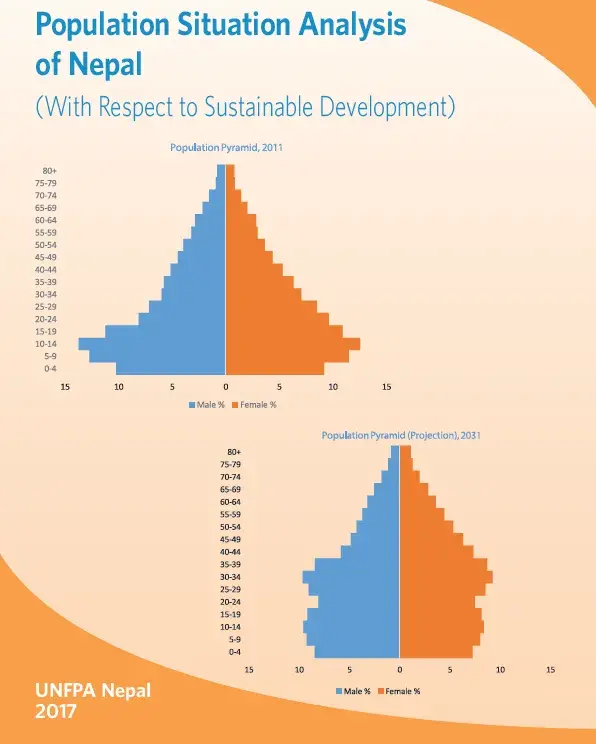The year 2014 marked the end of the successful implementation of a 20-year Programme of Action (PoA) endorsed by the International Conference on Population and Development (ICPD) held in Cairo in 1994. In September 2014, in its resolution 65/234 on the review of the implementation of the PoA of the ICPD and its follow-up beyond 2014, the General Assembly underscored the need for a systematic, integrated and comprehensive approach to population and development, one that would respond to new
challenges relevant to population and development and to the changing development environment, as well as reinforce the integration of the population and development agenda in global processes related to development. At the United Nations Sustainable Development Summit on 25 September 2015, world leaders adopted the 2030 Agenda for Sustainable Development, which includes a set of 17 Sustainable Development Goals (SDGs) to tackle pressing global issues by 2030. The National Planning Commission (NPC) of Nepal produced a national preliminary report in 2015. Nepal is also aspiring to graduate from the least developed country (LDC) to a middle-income country by 2030, the SDG indicators set by the Government of Nepal will help achieve these goals.
Against this backdrop, this report on Population Situation Analysis (PSA) of Nepal has been prepared to provide a sound basis for evidence-based policy dialogue for integrating core population dynamics issues in the new sustainable development plan of the Government of Nepal to ensure that ‘no one is left behind’. This report draws on Nepal’s demographic transition and resulting population momentum using key demographic variables for the next 15 years (2016-2030) in the context of the new federal structure of the country. The evidence is generated using the five thematic pillars of population and development to inform integration of key population dynamics issues in national development priorities to harness the demographic dividend and realize national SDGs.
The major sources of data used in the analysis include population and housing censuses, demographic and health surveys, multiple indicator cluster surveys, living standards surveys and relevant management information systems data. Besides, a wide range of published research and study reports have been reviewed. Where appropriate the quantitative data and indicators that have been presented are accompanied by meta-data underpinning the interpretation of the levels and trends implied by the data.





